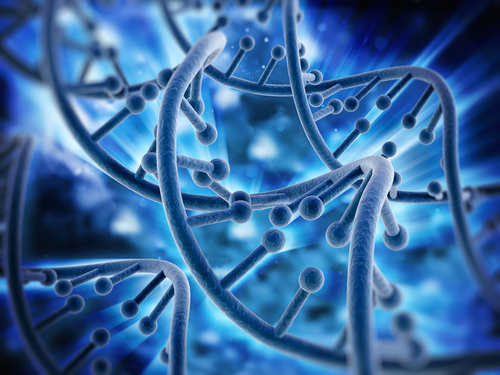Discovery of Immune System Messenger May Advance Lupus Treatment

Researchers have identified a previously unknown mechanism by which cells that are infected can signal their neighbors that something is wrong. Understanding how this alarm signal works might lead to new strategies for shutting down harmful immune reactions in diseases like lupus.
The study, “Intracellular bacteria engage a STING–TBK1–MVB12b pathway to enable paracrine cGAS–STING signalling,” was published in Nature Microbiology.
The researchers were initially interested in whether cells infected with Listeria monocytogenes — a bacteria that causes a rare but serious kind of food poisoning called listeriosis — could send signals to non-infected cells.
By infecting cells in dishes and then giving the material those infected cells secreted to non-infected cells, researchers determined that the infected cells were sending out signals to induce inflammation — letting their neighbors know there was a problem.
The researchers determined that one of the ways this works is because, when bacteria enter the cell, they release a bit of their DNA. This DNA is identified by the proteins cGAS and STING, which work to send out the danger signals.
Researchers identified a protein called MVB12b that plays a crucial role in this: It packs the bacterial DNA into exosomes, which are like little bubbles filled with DNA, proteins and other materials that can be transported between cells. The exosome is then shipped off to other cells, acting as a messenger to further activate defense mechanisms.
Researchers think that understanding how these messengers work could lead to treatments that can affect this pathway.
“This opens [up] the possibility of being able to ‘turn up’ the messenger so that it begins fighting the enemy even faster and can thus suppress the infection,” Søren Paludan, of the Department of Biomedicine at Aarhus University, Denmark, said in a press release.
The researchers also tried the opposite: they found that mice infected with Listeria had less immune activation when they were treated with a compound that inhibits the production of exosomes.
“When we did this, the mice found it difficult to quickly spread an immune signal and thereby send an alarm signal to the tissue that needed protecting. This provides new perspectives in relation to the treatment of autoimmune diseases such as lupus,” Paludan said.
The idea is promising. There are similarities in how the immune system responds to DNA in both this bacterial infection and in lupus; the difference is that, in lupus, the immune system is responding to the body’s own DNA, rather than a foreign invader. However, more research must be done to see whether and how this pathway could be manipulated safely and effectively in patients.





